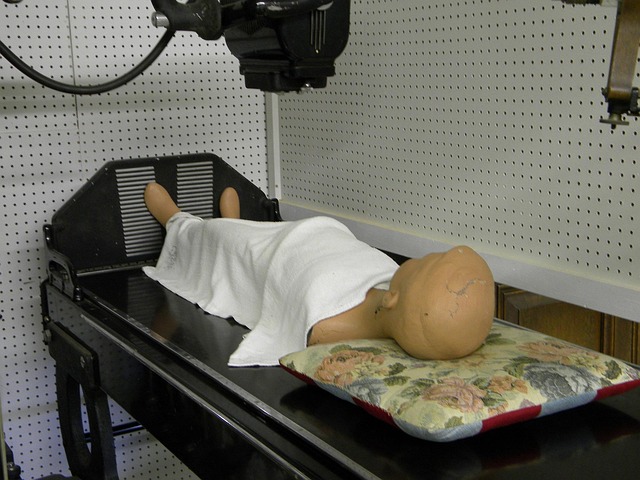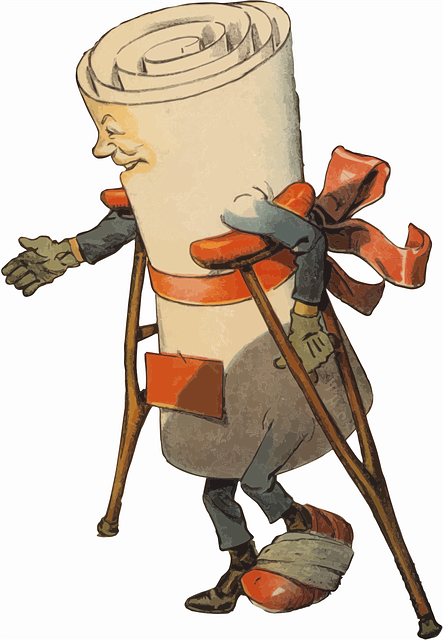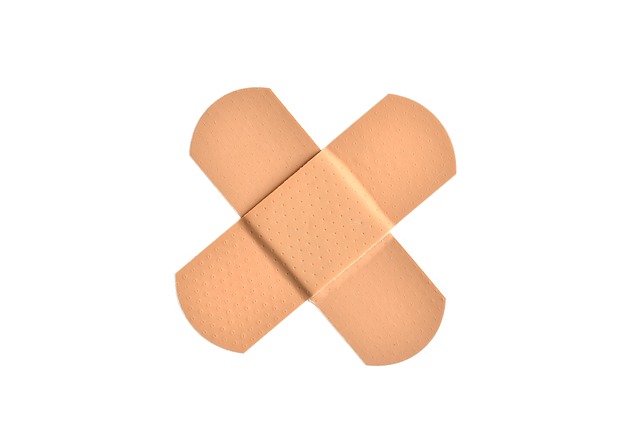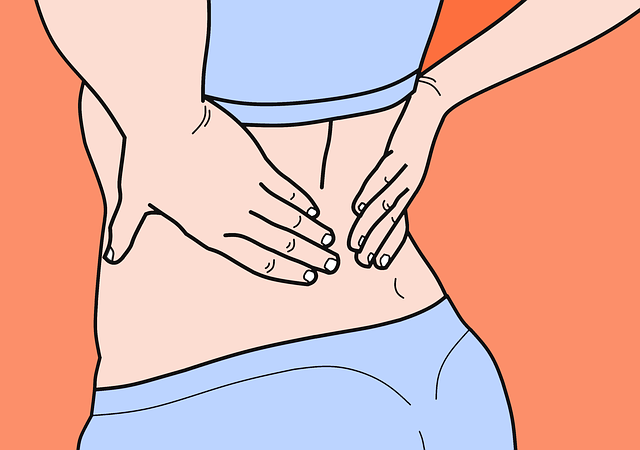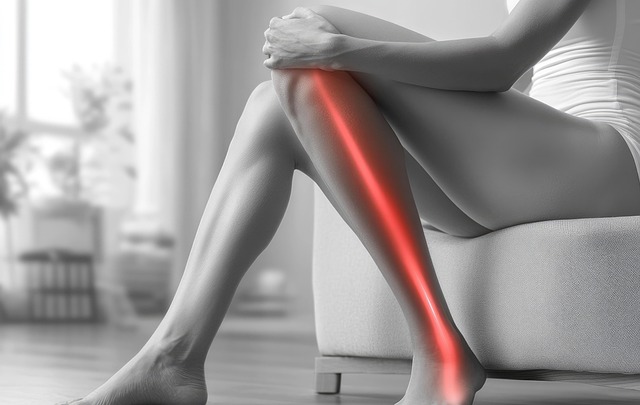Auto accident chiropractic treatment for sciatica focuses on relieving pressure on nerve roots through manual adjustments, exercises, and therapeutic techniques. It offers a safe, non-invasive option to manage symptoms, avoid surgery, and promote holistic healing by restoring alignment and strengthening muscles. Long-term management strategies include lifestyle modifications like good posture, exercise, weight loss, and stress management for effective control of chronic sciatic pain.
After a car accident, sciatica—a sharp, shooting pain due to compressed nerves—can persist long after initial healing. This comprehensive guide explores effective strategies for managing sciatica beyond acute care. We delve into the role of chiropractic treatment, offering a non-invasive approach to alleviate symptoms. Additionally, discover long-term management techniques tailored for persistent pain, empowering you with tools to reclaim comfort and mobility following an auto accident.
- Understanding Sciatica After an Auto Accident
- Chiropractic Care: A Non-Invasive Approach
- Long-Term Management Strategies for Persistent Pain
Understanding Sciatica After an Auto Accident

After a car crash, many individuals experience sciatica, a sharp or burning pain that radiates from the lower back through the buttock and down the leg. This condition is a common consequence of the mechanical stress and trauma inflicted on the spine during an auto accident. Sciatica occurs when one of the spinal nerves becomes compressed or irritated, leading to painful symptoms.
The impact of an auto accident can cause various spinal issues, including herniated discs, pinched nerves, or misalignments in the vertebrae. These problems directly contribute to sciatica, as they put pressure on the nerve roots that exit the spine. Chiropractic treatment for sciatica post-accident is a popular and effective approach, focusing on relieving pressure from these compressed nerves through manual adjustments, targeted exercises, and other therapeutic techniques.
Chiropractic Care: A Non-Invasive Approach

Chiropractic care offers a non-invasive approach to managing and alleviating sciatica symptoms following an auto accident. Chiropractors are experts in spinal manipulation and adjust the spine to reduce pressure on the affected nerves, providing significant relief for many patients suffering from sciatica post-injury. This gentle technique can be particularly beneficial as it avoids the risks associated with surgical interventions.
The focus of chiropractic treatment for sciatica is not just on addressing the symptoms but also on restoring the body’s natural alignment and promoting self-healing. Chiropractors may incorporate various therapeutic modalities, including heat/ice therapy, electrical stimulation, and exercise programs tailored to strengthen the back and core muscles, thereby supporting long-term sciatica care.
Long-Term Management Strategies for Persistent Pain
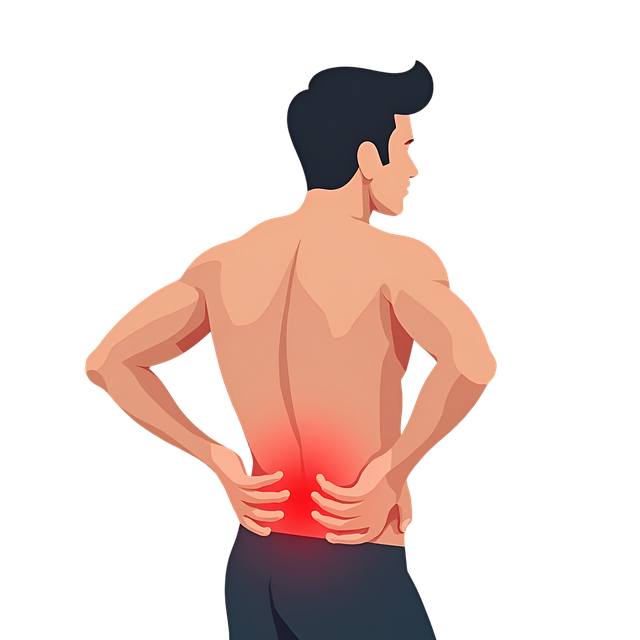
Many individuals who experience sciatica after an auto accident find relief through long-term management strategies. Auto accident chiropractic treatment can play a significant role in managing persistent sciatic pain. Chiropractors use a variety of techniques, including manipulation and adjustments to the spine, to reduce pressure on the nerves and improve mobility. This non-invasive approach is often more effective than medication or surgery for chronic conditions.
In addition to chiropractic care, lifestyle modifications are crucial. Patients may be advised to maintain good posture, avoid prolonged sitting or standing, and engage in regular exercises tailored to strengthen the back and core muscles. Losing weight if necessary and practicing stress management techniques can also help alleviate sciatic pain symptoms. These holistic methods, combined with professional guidance, empower individuals to manage their condition effectively over the long term.
After an auto accident, chronic sciatica can significantly impact daily life. Chiropractic care offers a non-invasive approach to managing pain, focusing on adjusting the spine and promoting self-healing. For persistent symptoms, adopting long-term management strategies—such as regular exercise, posture correction, and stress reduction—is essential. Combining these methods with professional guidance from healthcare experts, like chiropractors specializing in auto accident chiropractic treatment for sciatica, can lead to improved mobility and a better quality of life.
